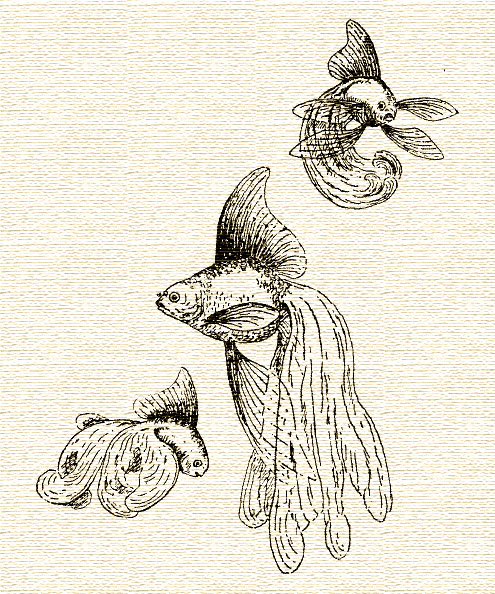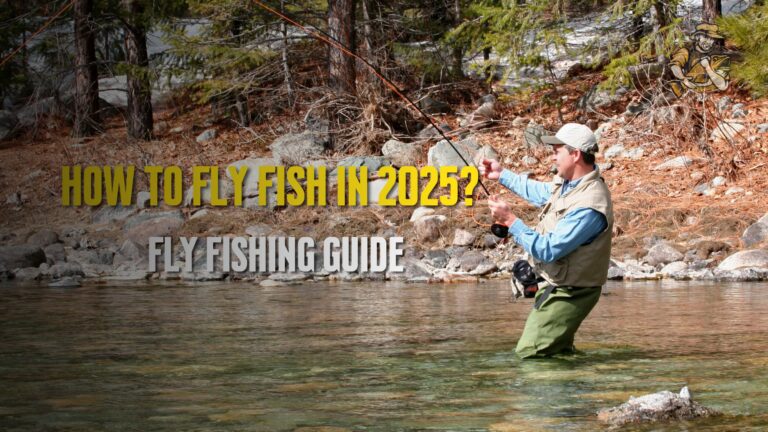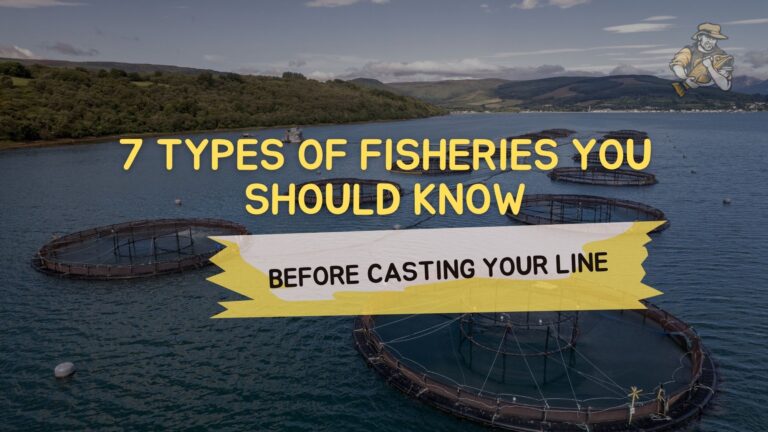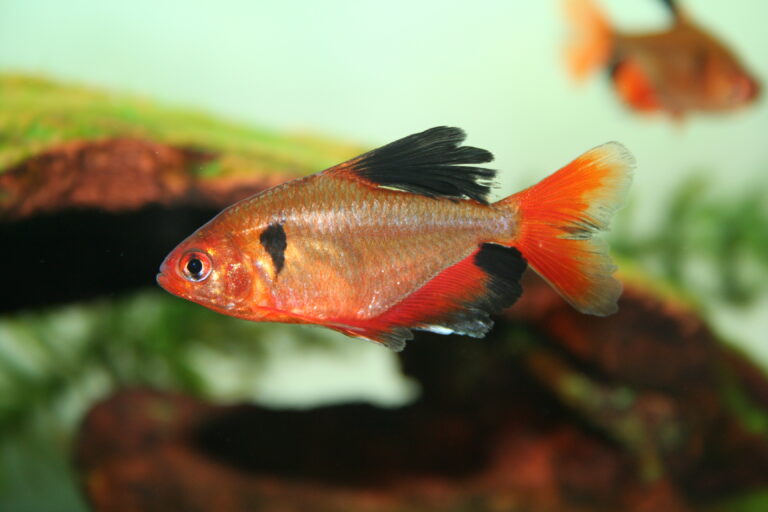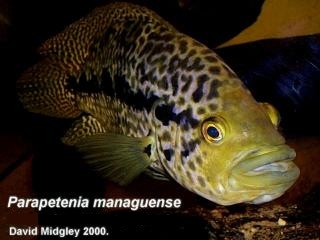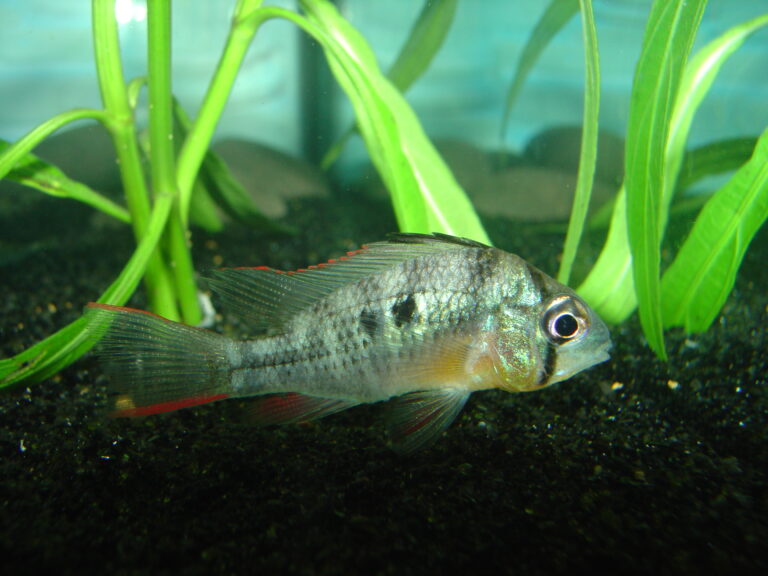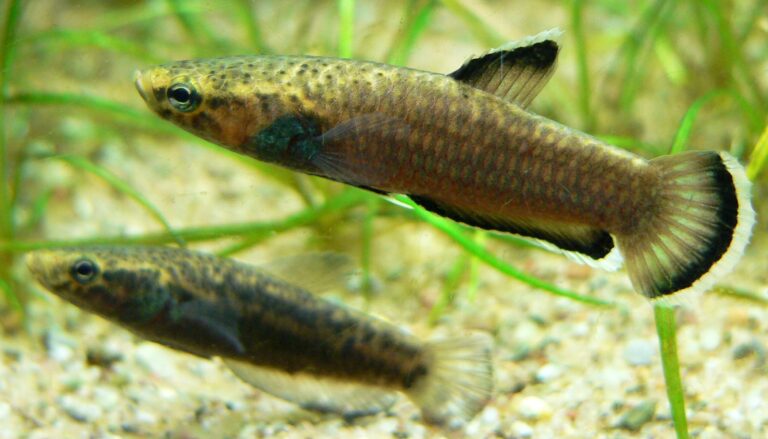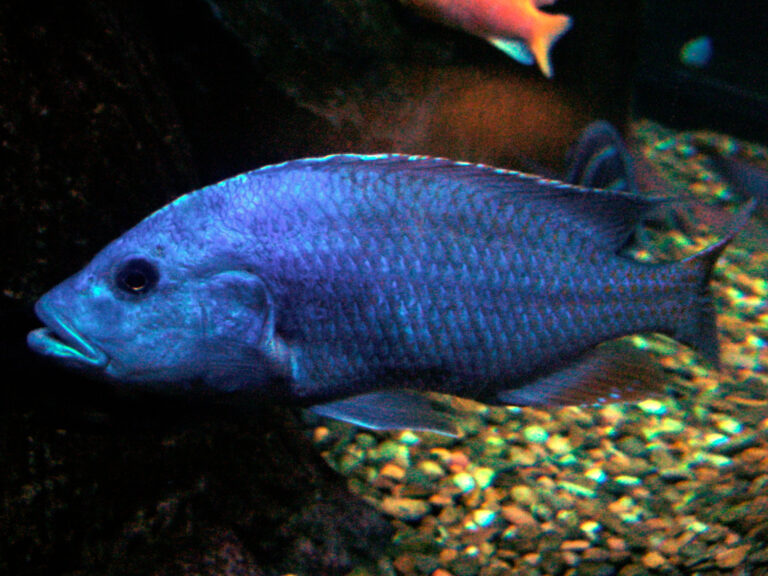Utah Fishing License Guide: Costs, Requirements & Hidden Tips for 2025
By Adam Hawthorne | Last Modified: May 6, 2025
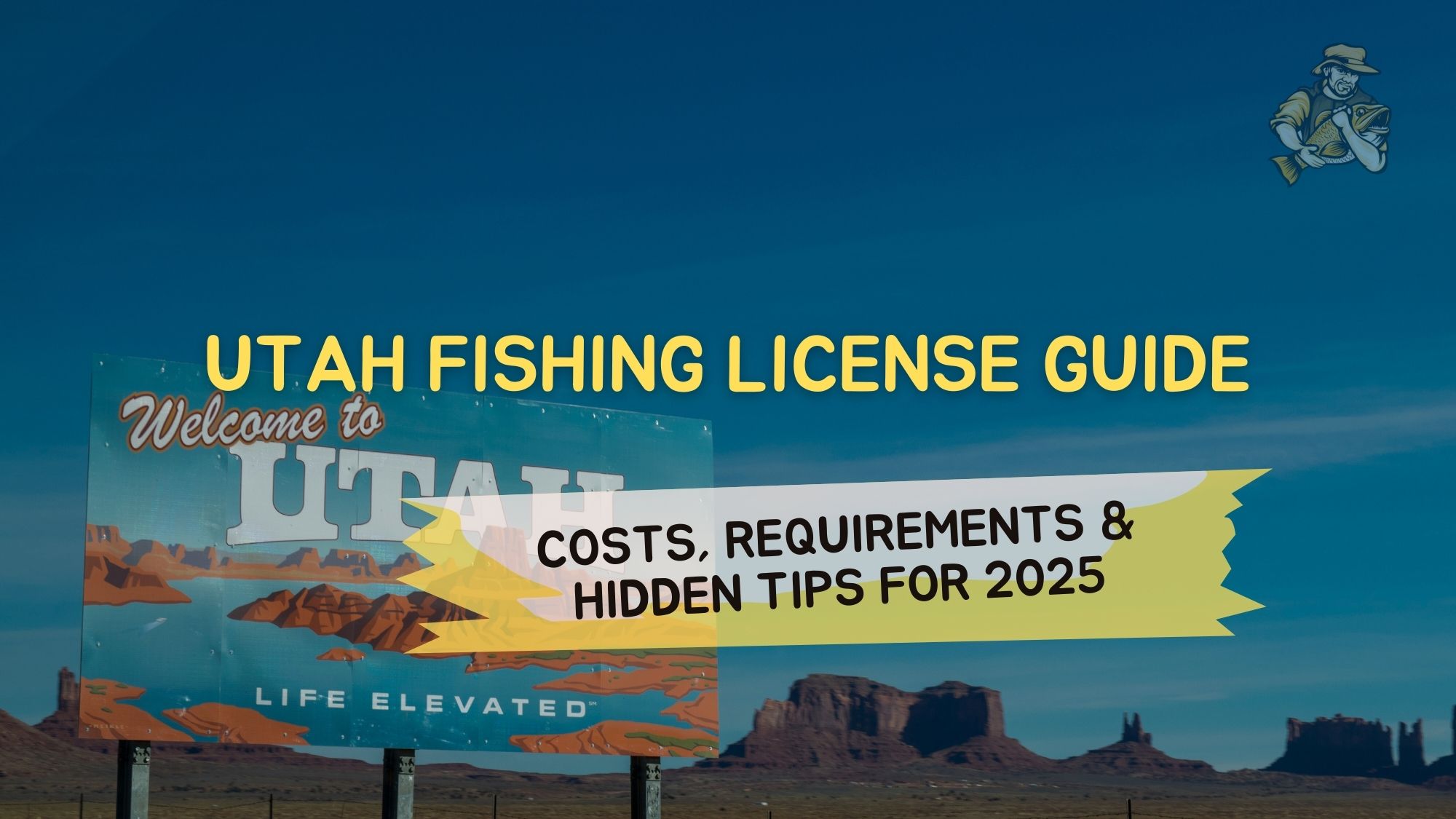
When I first planned a fishing trip to Utah’s beautiful waters about a decade ago, figuring out the licensing requirements felt more complicated than actually catching fish. After years of experience and several trips to Utah’s diverse fisheries, I’ve learned the ins and outs of their licensing system – sometimes the hard way.
Utah offers some of the most spectacular fishing opportunities in the western United States, from trophy trout in the Green River to tiger muskie in Pineview Reservoir. But before you can cast your line into these productive waters, you’ll need the proper Utah fishing license.
Utah Fishing License Requirements and Options
Utah fishing licenses come in several varieties depending on your residency status, age, and how long you plan to fish. The Utah Division of Wildlife Resources (DWR) manages all fishing licenses, and they’ve actually streamlined the process considerably in recent years.
Residency Requirements
To qualify as a Utah resident for fishing license purposes, you need to have a fixed permanent home in Utah for at least six consecutive months immediately before buying a license. You also can’t claim residency in any other state or country during that time.
I’ve seen folks get tripped up on this requirement. A fishing buddy of mine who owns a vacation home in Park City learned this the expensive way when he tried purchasing a resident license. Even though he pays property taxes in Utah, his primary residence is in Michigan, so he had to purchase a nonresident license.
The Utah DWR takes residency claims seriously – they occasionally check IDs at popular fishing spots. According to the Utah Division of Wildlife Resources, you may need to provide proof of residency when purchasing or using your license.
License Types Available
Utah offers several different license options to match your specific needs:
- 365-day licenses – Valid for 365 days from the purchase date
- Multi-year licenses – Available for 2-5 years (resident only)
- Short-term licenses – 1-day, 3-day, and 7-day options
- Combination licenses – Include fishing and hunting privileges
For visitors or those who fish infrequently, the short-term licenses make the most sense. I typically recommend the 3-day license for weekend trips – it’s a better value than buying three separate day licenses.
One thing I particularly appreciate about Utah’s system is that their license year runs 365 days from purchase, rather than following the calendar year like some states. This means you get a full year no matter when you buy.
Age Requirements and Exemptions
Utah’s license requirements vary by age:
- Under 12: No license required (can fish with a full bag limit)
- Ages 12-15: Can purchase a discounted youth license
- Ages 16-65: Must purchase a standard adult license
- Ages 65+: Can purchase a discounted senior license
When I took my son Tommy fishing at Strawberry Reservoir last summer, he was 9 and could fish without a license. But I still needed to make sure he followed all bag limits and regulations. Kids are subject to the same fishing rules as adults – only the license requirement is waived.
The state also offers free fishing days each year (usually the first Saturday in June), when anyone can fish without a license. I’ve found this is a perfect opportunity to introduce new anglers to the sport without the upfront license cost.
Current Utah Fishing License Costs (2025)
License prices in Utah are reasonable compared to some neighboring states, especially if you’re a resident. Here’s a breakdown of current costs:
Resident License Fees
- 365-day fishing license: $38
- 365-day combination license (fishing and hunting): $44
- Multi-year fishing license: $37-36 per year (slight discount)
- 1-day fishing license: $14
- Youth fishing license (ages 12-17): $16
- Senior fishing license (65+): $27
Non-Resident License Fees
- 365-day fishing license: $85
- 3-day fishing license: $42
- 7-day fishing license: $60
- 1-day fishing license: $20
These prices are current as of early 2025, but always check the Take Me Fishing website for the most up-to-date information, as fees can change.
I remember back in 2015, a non-resident annual license was around $70, so there has been some increase over the years. Still, when you consider the quality of fishing opportunities in Utah, even the non-resident rates provide good value compared to guided trips or other recreational activities.
Additional Permits and Stamps
For most fishing in Utah, the basic fishing license covers you. However, there are a few special situations that require additional permits:
- Two-pole permit ($16): Allows you to fish with two poles simultaneously
- Setline permit ($20): For specific waters where setlines are allowed
The two-pole permit is something I personally think is worth considering. When fishing somewhere like Flaming Gorge or Lake Powell, being able to work two different lures or baits at different depths can significantly increase your chances of success. I learned about this the hard way after watching a neighboring angler catch four fish to my one because he could cover more water with his two poles.
Where and How to Purchase a Utah Fishing License
Utah has made obtaining a fishing license pretty convenient with several purchase methods available.
Online Purchase
The easiest way to get your license is through the Utah DWR online license portal. I usually purchase mine online about a week before my Utah trips. The system will email you a digital copy instantly, which you can print or save on your phone.
One thing I’ve learned though – don’t rely solely on cell service to access your digital license in remote areas. Cell coverage can be spotty in many of Utah’s best fishing locations. During a trip to Flaming Gorge a few years back, I couldn’t pull up my digital license when approached by a conservation officer because I had no signal. Fortunately, I had also printed a copy that I kept in my tackle box.
License Agents
You can purchase licenses in person at:
- DWR offices throughout Utah
- Many sporting goods stores
- Some convenience stores and bait shops
- Walmart sporting goods departments
When fishing with my brother-in-law near Salt Lake City last year, I forgot my license back at the hotel. We stopped at a local Sportsman’s Warehouse and I was able to get a new one-day license in about 5 minutes. Most license agents can access your information in the system if you’ve purchased before.
By Phone
Licenses can also be purchased by calling the Utah DWR at 1-800-221-0659. The phone system is actually pretty efficient – I’ve used it once when the website was down for maintenance.
Utah Fishing Regulations You Need to Know
Having a valid license is just the starting point – you also need to understand and follow Utah’s fishing regulations.
General Statewide Regulations
- Daily bag and possession limits: These vary by species and water body
- Legal fishing methods: Restrictions on tackle, bait, and techniques
- Seasonal restrictions: Some waters have specific season dates
- Size restrictions: Minimum and maximum size limits for certain species
The regulations can get pretty specific. For example, when fishing for lake trout at Flaming Gorge, the daily limit is 8 fish, but only 1 can exceed 28 inches. And at Strawberry Reservoir, all cutthroat trout between 15-22 inches must be immediately released.
I highly recommend downloading the current Utah Fishing Guidebook before your trip. The Division of Wildlife Resources guidebook contains comprehensive regulations for all Utah waters.
Special Regulations Waters
Some of Utah’s most popular fishing destinations have special regulations that differ from general statewide rules. A few notable examples include:
- Provo River: Artificial flies and lures only in many sections
- Green River (below Flaming Gorge): Special sections with artificial flies/lures only and different bag limits
- Strawberry Reservoir: Special cutthroat trout regulations and artificial lure restrictions in some areas
I once received a warning on the Green River because I was using a scented soft plastic lure in a section restricted to artificial flies and lures without scent. The conservation officer was understanding when I explained I was from out of state and unfamiliar with the local regulations, but he made it clear that ignorance of the rules isn’t an acceptable excuse.
Lake Powell Fishing Information
If you’re planning to fish at Lake Powell, you should know that this massive reservoir straddling the Utah-Arizona border offers some unique opportunities. The National Park Service provides excellent resources on fishing at Lake Powell, including information about the striped bass, smallmouth bass, and other species that make this destination special.
During a family vacation to Lake Powell a few years back, I was able to use my Arizona license for the whole trip, even when we ventured into the Utah portion of the lake. These agreements can be real money-savers for those who fish these border waters.
Hidden Tips from a Regular Utah Visitor
After several years of fishing Utah’s waters, I’ve picked up some insider knowledge that might save you time and money.
Great Fishing Spots in Utah
Utah offers incredible fishing diversity, from alpine lakes to desert reservoirs. Utah State Parks maintains numerous excellent fishing locations throughout the state. Some of the most popular destinations include:
- Strawberry Reservoir: Known for its excellent trout fishing
- Flaming Gorge: Famous for lake trout, kokanee salmon, and rainbow trout
- Deer Creek Reservoir: Great for rainbow trout, brown trout, and smallmouth bass
- Fish Lake: Home to the state’s largest lake trout
The U.S. Forest Service also offers excellent fishing opportunities in northeastern Utah, with numerous alpine lakes and streams teeming with trout.
Utah Fish Stocking Reports
One of the great resources Utah provides is their fish stocking information. The Utah Division of Wildlife Resources fish stocking reports let you see exactly when and where fish have been stocked throughout the state.
I’ve used this resource many times to time my fishing trips to coincide with recent stockings, especially for community fisheries and smaller lakes where catching recently stocked fish can be more predictable.
Combination License Value
If there’s any chance you might do both hunting and fishing in Utah, the combination license is a great value. For residents, it’s only $6 more than a fishing-only license.
My neighbor back in Michigan purchased the combo license even though he initially only planned to fish, and ended up joining a last-minute sage grouse hunt when invited by a local guide he met while fishing. The combo license saved him from having to purchase a separate hunting license.
Digital License Backup
Even if you prefer a digital license on your phone, always take a screenshot or save a PDF locally. As I mentioned earlier, cell service can be unreliable in many prime fishing areas, and you’re required to have your license with you while fishing.
I’ve gotten into the habit of taking a screenshot of my license and saving it to my photo gallery, so I can access it even without service. I also email myself a copy as another backup.
Common Questions About Utah Fishing Licenses
Do I need a Utah fishing license if I’m just helping someone else fish?
Yes, if you’re handling fishing equipment, even if just to help someone else, you need a valid license. This includes helping kids bait hooks or net fish.
During a trip to Pineview Reservoir, a conservation officer approached a family next to us. The father was helping his young son fish but didn’t have a license himself since he “wasn’t actually fishing.” He ended up with a citation, despite his explanation.
Can I fish anywhere in Utah with a basic fishing license?
A standard Utah fishing license allows you to fish in most public waters across the state. However, some areas may require special permits or have specific regulations. Tribal lands, private waters, and community fisheries may have their own requirements.
If I have a valid license from a neighboring state, do I need a Utah license?
Generally, yes – except for reciprocal waters like Lake Powell and Bear Lake as mentioned earlier. Each state manages its own licensing, and a license from one state typically doesn’t cover you in another state.
What happens if I’m caught fishing without a license in Utah?
Fishing without a valid license in Utah is a Class B misdemeanor. Fines typically start around $100 but can go much higher depending on circumstances. Conservation officers patrol popular fishing areas regularly, especially during peak seasons.
I witnessed a group of anglers at Strawberry Reservoir get cited a few summers ago. The fines they received were significantly more than what licenses would have cost – not to mention the embarrassment of being cited in front of other anglers.
Can I get a refund if I purchase the wrong license type?
The Utah DWR does offer refunds in certain circumstances, but they’re not guaranteed. If you make a purchasing mistake, contact the DWR customer service line at 1-801-538-4700 as soon as possible to explain the situation.
Conservation and License Revenue
One thing I always remind fishing friends is that license fees aren’t just another tax – they directly fund conservation efforts that keep fishing opportunities plentiful in Utah.
According to conservation organizations, nearly all of the funding for fish stocking programs, habitat improvement, and fisheries management comes from license sales and matching federal funds.
When I see the incredible number of healthy fish in places like Strawberry Reservoir or the Green River, I’m reminded that my license dollars are being put to good use. Utah stocks millions of fish each year and maintains some of the healthiest fisheries in the West.
Last time I fished the Middle Provo with my son, a fisheries biologist was conducting a population survey nearby. He explained how they use license revenue to fund these studies, which help determine stocking needs and regulations to maintain healthy fish populations.
Final Thoughts on Utah Fishing Licenses
Getting the appropriate Utah fishing license is a straightforward process that opens the door to some of the best fishing opportunities in the western United States. From the world-famous Green River to alpine lakes in the Uinta Mountains, properly licensed anglers have access to incredibly diverse fishing experiences.
Remember to always carry your license while fishing, understand the regulations for your specific destination, and consider the value of different license options based on your planned fishing activity.
The most important thing is getting out there and enjoying Utah’s amazing waters – I can tell you from personal experience that the extra effort to understand and follow licensing requirements is more than worth it when you’re connected to a trophy rainbow trout or battling a hard-fighting smallmouth bass in these beautiful settings.

Meet Adam Hawthorne
I’m a lifelong fishing enthusiast who’s spent years exploring rivers, lakes, and oceans with a rod in hand. At Fishing Titan, I share hands-on tips, honest gear reviews, and everything I’ve learned about fish and ocean life, so you can fish smarter and enjoy every cast.
Share:

Meet Adam Hawthorne
I’m a lifelong fishing enthusiast who’s spent years exploring rivers, lakes, and oceans with a rod in hand. At Fishing Titan, I share hands-on tips, honest gear reviews, and everything I’ve learned about fish and ocean life, so you can fish smarter and enjoy every cast.
Related Articles
-
Veiltail Goldfish
The Veiltail Goldfish stands as one of the most distinctive and graceful varieties within the goldfish family, renowned for its characteristic flowing, gossamer-like tail fins…
-
Fly Fishing | How to fly fish in 2025?
Fly fishing has changed a lot since I first picked up a rod back in the mid-90s. The fundamentals remain pretty similar, but the technology,…
-
7 Types of Fisheries You Should Know Before Casting Your Line
I’ve been fishing for over 30 years across all kinds of waters, and one thing I’ve noticed is how many anglers – especially beginners –…
-
Serpae Tetra
The Serpae Tetra (Hyphessobrycon eques) stands as one of South America’s most recognizable freshwater aquarium species, distinguished by its vibrant red-orange coloration and distinctive black…
Fish Species
-
Jaguar Cichlid
The Jaguar Cichlid stands as one of Central America’s most formidable predatory fish, renowned for its impressive size, aggressive temperament, and striking appearance. This remarkable…
-
Bolivian Ram
The Bolivian Ram (Mikrogeophagus altispinosus) stands as one of South America’s most captivating cichlid species, representing a prime example of adaptive evolution within the diverse…
-
Betta Fish
The Betta Fish, scientifically known as Betta splendens, is one of the most visually captivating and widely recognized freshwater species in the aquarium trade. Native…
-
Electric Blue Cichlid
The Electric Blue Cichlid stands as one of the most striking and sought-after freshwater fish species in the aquarium trade, distinguished by its brilliant cobalt-blue…

